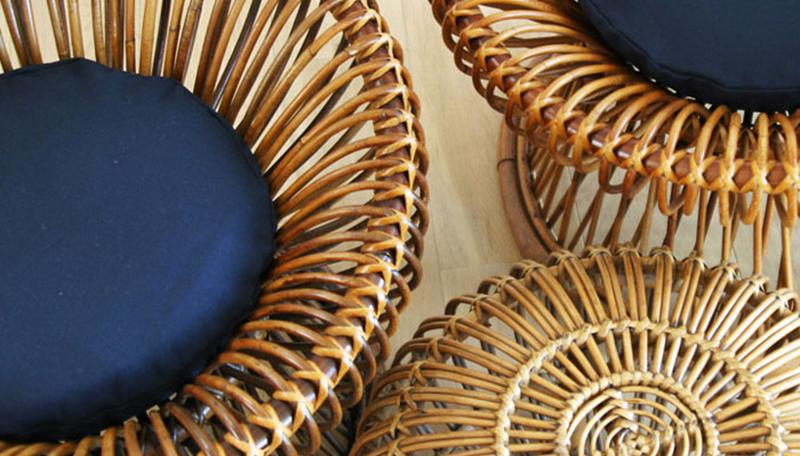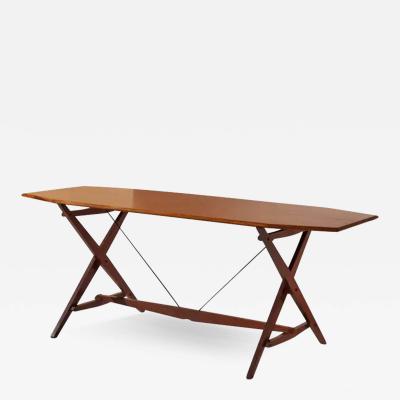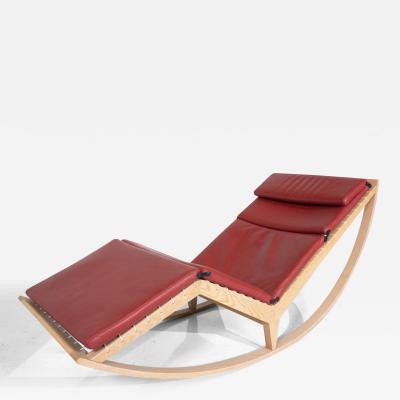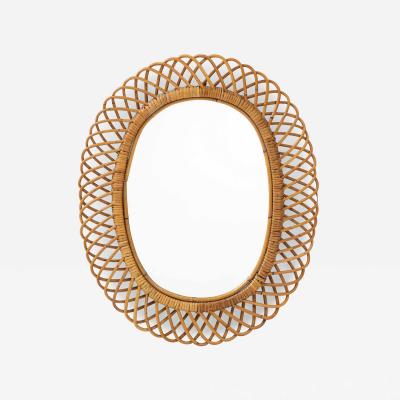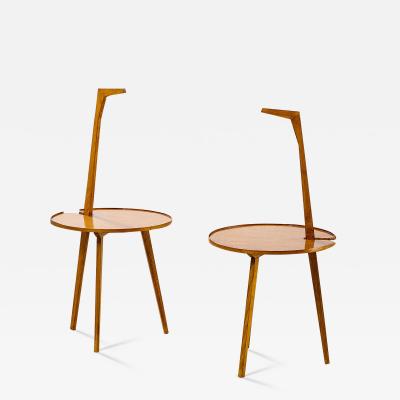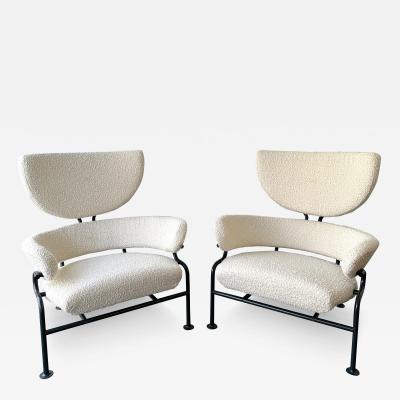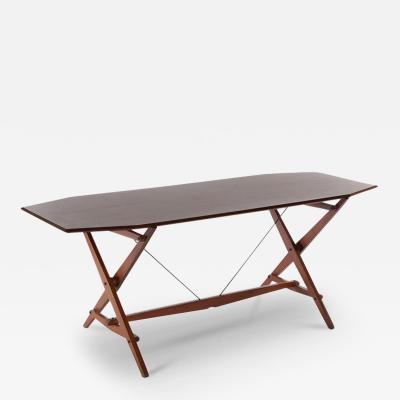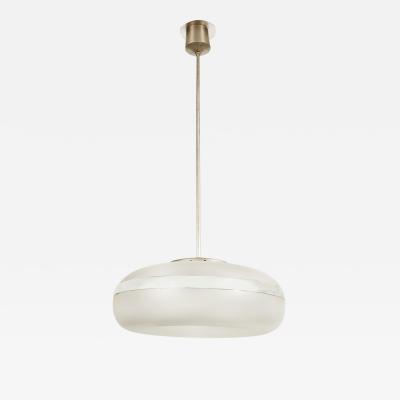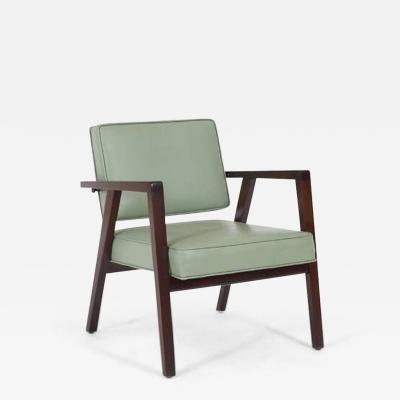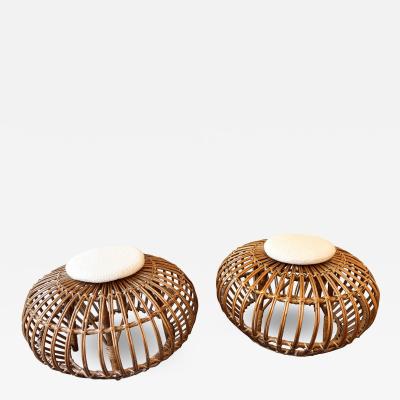Franco Albini
Franco Albini, architect, furniture and product designer, was born in Robbiate, near Milan, Italy in 1905. He studied under Gio Ponti at the Polytechnic University of Milan, earning a degree in architecture 1929, and began his career working at the firm Ponti founded with Emilo Lancia. Inspired by visits to Mies Van der Rohe’s Barcelona pavilion at the 1929 International Exposition, and Le Corbusier’s studio in Paris. Albini was also strongly influenced by the Rationalist Movement, which rejected traditionalism and promoted function and efficiency as primary concerns, celebrating the beauty of material and structure without ornamentation. In 1928, a year before graduating from college, he designed the now-iconic Albini Desk, for which he combined steel, glass, and wood with a striking minimalistic balance, the drawers appearing to float below the glass top. The Albini Desk was introduced by Knoll in 1949, and remains in production today. Albini famously said that it required and entire lifetime to build a chair, and he continued to refine many of his most successful designs, resulting in later variations of the original. For example, the Luisa chair, first introduced in 1949, didn't reach its definitive form until 1955. In 1950, he created the famous and fashionable Margherita and Gala chairs, made of bamboo and rattan, merging modernism with humble materials and traditional fine Italian craftsmanship.
Albini had a long and fruitful collaboration with the furniture maker Poggi, for which he created several important designs including the Luisa chair, awarded the Compasso d’Oro in 1955 and also in the collection of the Museum of Modern Art (MOMA); the very successful and iconic LB7 bookcase system (1957); the Cicognino side table (1953); the Rocking Chaise, originally designed for his house in 1938 but later relaunched with Poggi under the name PS16 in 1956; the Stadera desk (1958); the LB10 bookcase system (1958); and the PL19, or Three Pieces, armchair (1959).
Albini’s other important furniture and product designs include the custom-built Mitragliera (Italian for machine gun) lamp (1938–1940); the Veliero Bookcase, originally designed by Albini for his apartment in 1939 and made with two main V-shaped wood uprights, held together by a tensile structure supporting the shelves, the Fiorenza armchair for Arflex (1940), which he originally designed for his apartment and for the “Living Room in a Villa” exhibition for the VII Triennale and which he subsequently modified in 1952, 1956, and 1967; and the Orion 23-inch TV for Brionvega (1962).
Albini died in 1977, having received many honors in recognition of his creative contributions, including three Compasso d'Oro awards, the most prestigious Italian design prize. Franco Albini's legacy, from home furnishings to architectural and industrial projects represents a keystone of 20th-century Italian design.
